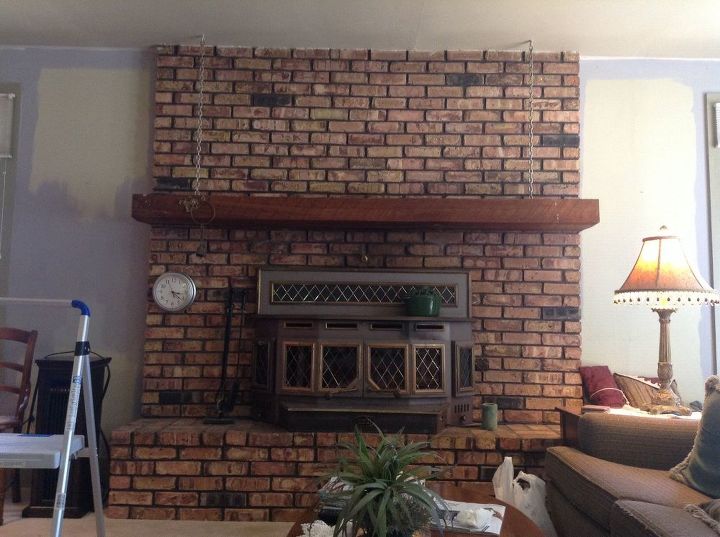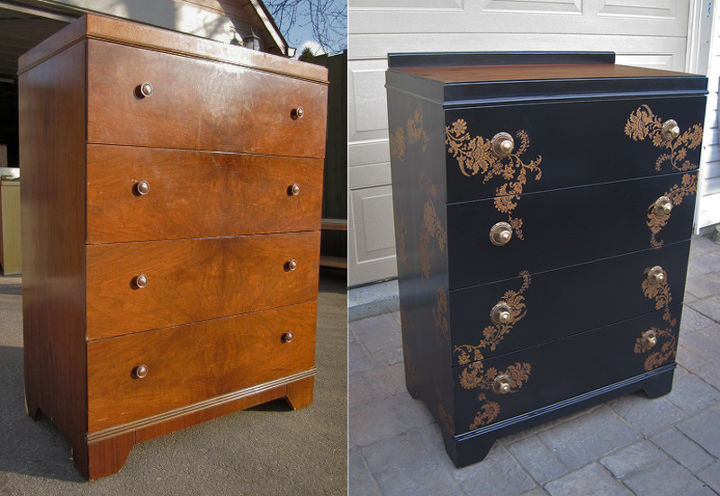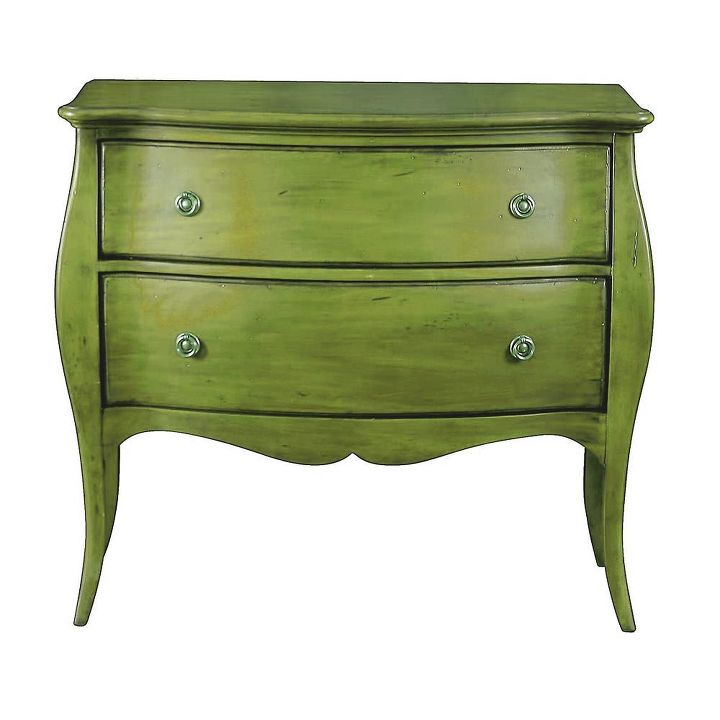What could I use as a top finishing coat for a corn hole board?

Related Discussions
Should I paint or stain my oak kitchen cabinets?
I was wondering if you could help me with something -- I have an entirely oak kitchen. I know it's the rage now to paint or gel stain cabinets. I've been considering ... See more
How to paint a metal front door?
How do I paint my front door? It's metal.
How to paint grout?
How do I paint grout to change the color? The grout is in great shape, but the color - meh.
How to whitewash a brick fireplace?
What is the best method to whitewash bricks surrounding a fireplace?
DRESSER BEFORE AND AFTER: KEEP OR LOSE THE BACKBOARD?
Opinions Please! I got this very plain damaged dresser and was at a loss to what to do with it. I was inspired to glam it up. The top is stained and the finish is a b... See more
Am I the only one?
I don't want to sound like a total "hater", but am I the only one who doesn't like distressed furniture? I see so many beautiful pieces of furniture that would look o... See more





Hi Josephina, this is Peggy. What a fun game. I hope this is the information you are looking for. What to coat cornhole board with?
Cornhole Board Finish: How to Apply (Polyurethane vs Polycrylic)
More items...•Feb 5, 2019
Cornhole Board Finish: How to Apply (Polyurethane vs Polycrylic ...
https://www.cornholeboards.net/cornhole-board-finish/
Three coats of a water based polyurethane. Stays clear, does not yellow. Varnish and oil based poly have a yellow cast and do yellow over time.
I would paint with an exterior paint for decoration and then use the water based poly after the paint is completely dry.
Paint and sealer should be for outside use. It will last longer and face less.
Todd Serfass. I specifically stated water based poly and not oil based. Oil based poly and varnishes do have a yellow cast and will yellow over time. All finishes become solid and do not flex as you state.
You may have heard varnish used as a generic term for any finish, but traditional varnish describes an older form of finish that contains alkyd resin, oil, and solvents. When applied to wooden surfaces indoors or out, varnish cures into a thin and glossy film with a faint yellow or amber tint, similar to the finish achieved with oil-based polyurethane.
Despite its ability to serve as a wood sunblock, it’s not all sunny when it comes to varnish. If varnish is not applied correctly or dried completely, it can peel, crack, or form bubbles that leave wood more susceptible to environmental damage. For optimal results, apply varnish in several layers using a natural-bristle brush. Then, allow this traditionally slow-drying finish to sit for at least six hours under fair weather conditions to give your wood surfaces a photo finish!